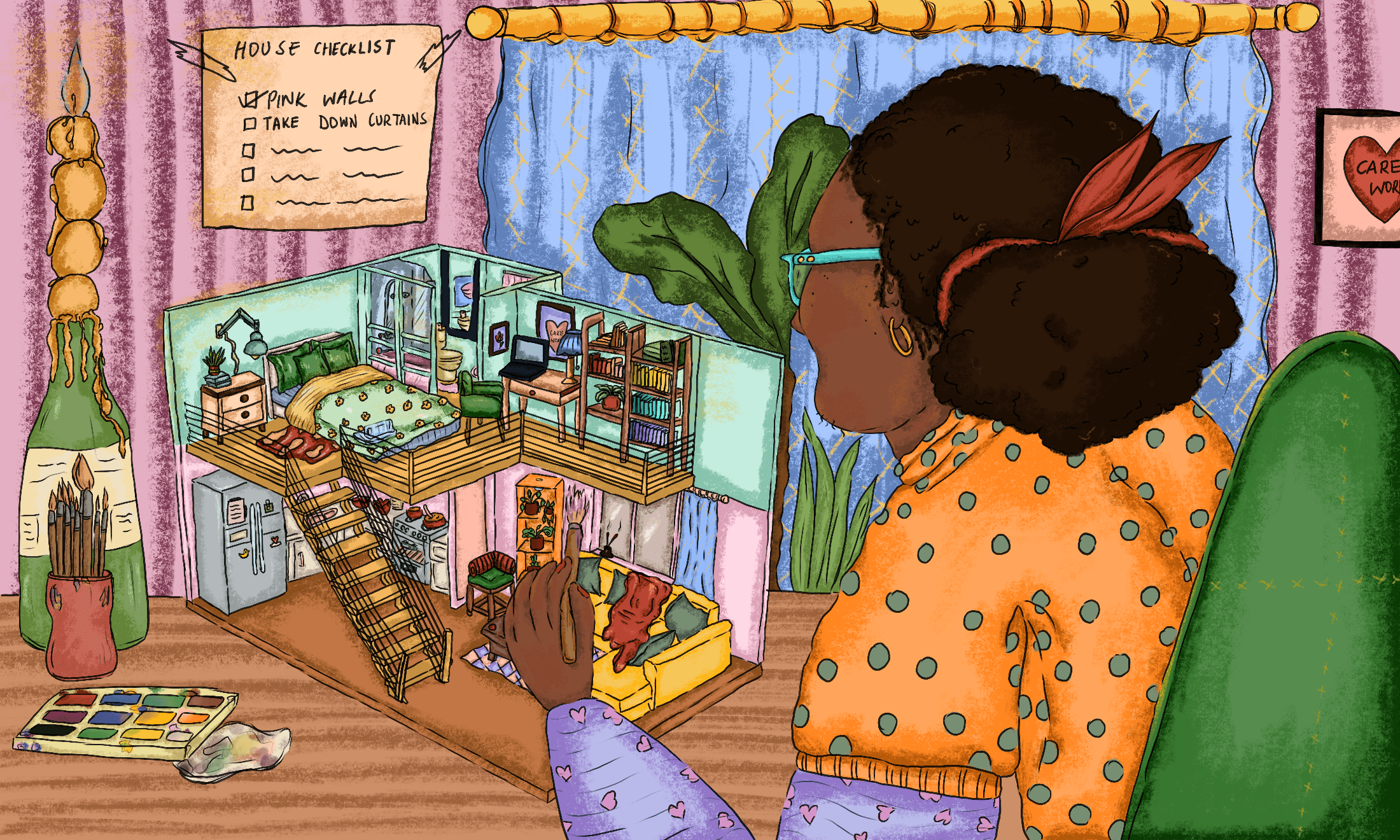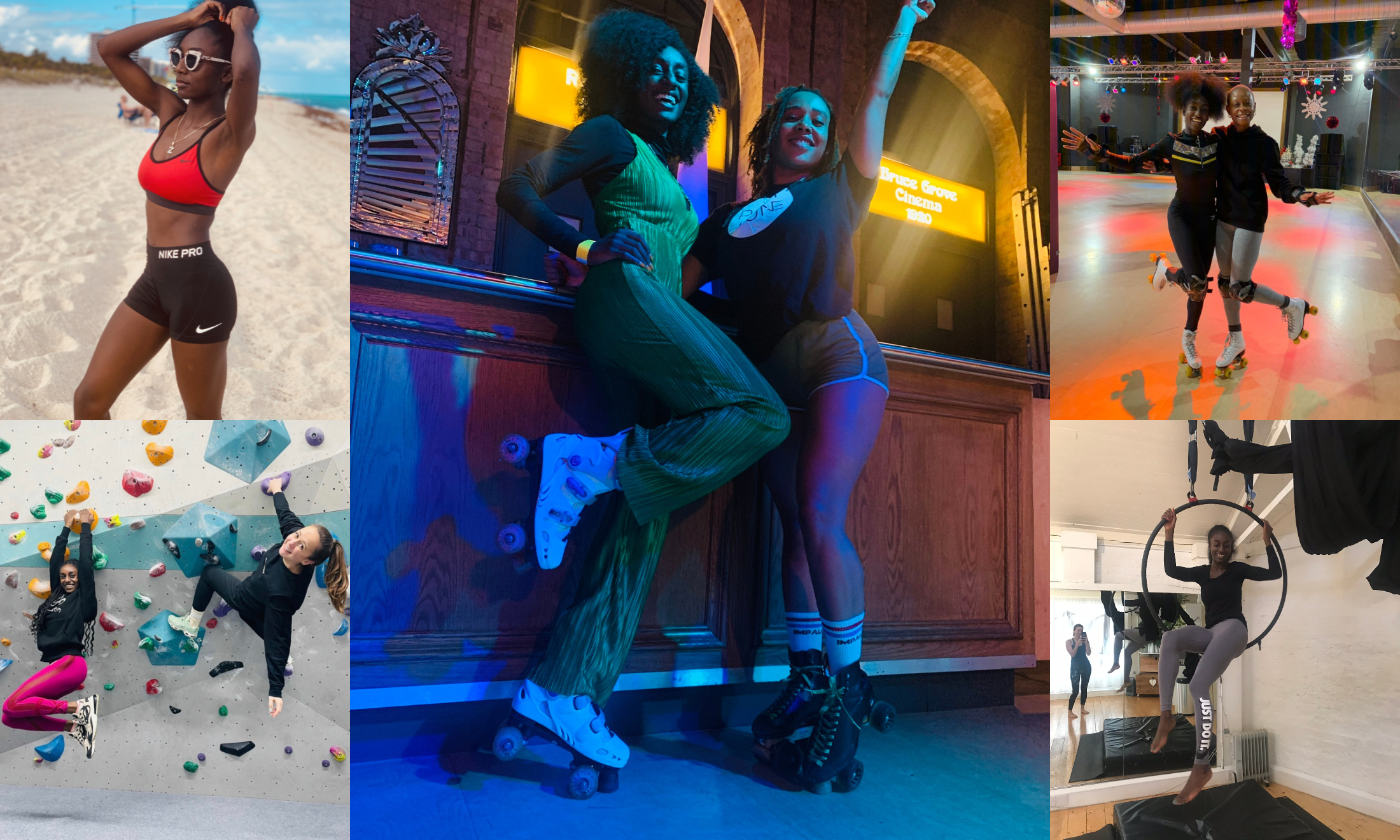
From being a fitness influencer to living with an invisible disability
On International Day of People with Disabilities, author Yousra Imran explains what it was like to be diagnosed with Ehlers-Danlos Syndrome.
Yousra Imran
03 Dec 2020
Twenty minutes had passed and the train had still not moved. We were stuck between Apperley Bridge and Shipley. My knees felt like they were about to give way. My eyes rapidly searched the carriage, but there wasn’t a single seat spare. I couldn’t take the pain any longer.
“I’m really sorry,” I said to a man in his thirties, “But I get off at the last stop and I have a joint condition. I’m struggling to stand up.”
“It’s okay you can have my seat,” he replied, as he quickly gathered his coat and left.
This wasn’t the first time I felt like I was about to keel over on public transport. I have Ehlers-Danlos Syndrome, a genetic connective tissue disorder which means my collagen DNA is faulty. Collagen makes up our soft tissues, and the laxity in my soft tissues means my joints are constantly in pain and partially dislocate. I don’t use a mobility aid which makes it hard to tell I’m disabled
Only a year prior to this I was a personal trainer and fitness instructor, living and breathing exercise. When I wasn’t at the gym teaching a spinning class, picking up weights or spotting a client at the bench press, I was at home planning sessions and thinking about my next workout.
I was working in Doha’s biggest gym and was well known in Qatar’s fitness community – my friend and I had set up the country’s first fitness website and online supplement store, and my Instagram account was full of exercise videos and meal prep pictures. It’s not an exaggeration to say we were two of the country’s first “fitness influencers”. At the time, I wrote a column for Grazia Arabia, co-hosted a wellbeing show on radio and even modelled for PUMA.
But everything came crashing down in the summer of 2017. The unexplained joint pain I had as a child got worse. I kept getting injured and kept putting it down to overtraining.
“I remembered my aunt, who has Ehlers-Danlos Syndrome, and wondered if I could have it too”
It started with my hips popping in and out of their sockets. “Just a hip impingement,” I convinced myself, “lots of people have that.” But week by week, it spread to other joints. My shoulder popped in and out with just a slight movement of my arm. I noticed that when I taught abs classes, my rib cage popped. The final straw came when my jaw started sliding all over the place. I remembered my aunt, who has Ehlers-Danlos Syndrome, and wondered if I could have it too.
After three doctors didn’t take me seriously, the fourth doctor I saw, a rheumatologist, finally gave me a diagnosis. “You have a mild form of hypermobile Ehlers-Danlos Syndrome. I advise you to stop doing high impact exercise and heavy weightlifting”, he told me.
It felt good to finally have a diagnosis. But what was I going to do about work? My job revolved around teaching intense exercise and lifting weights.
I spoke to my supervisor, and she did her best to accommodate me by assigning low impact classes to teach, such as aerobics, or boot camps where I wouldn’t have to do the exercises alongside our members. After a while, I returned to the UK and carried on coaching for a couple of months before my joint pain became too much and I decided to end my fitness career for good. I went back to my previous job of being an events coordinator in the higher education sector.
“My hips and knees would not cooperate, and even sitting down on the toilet became painful”
At first, I couldn’t look at a person jogging in the street without wanting to cry. It felt as if I was losing something precious – exercise was integral to my life, it helped my chronic anxiety, and I had worked so hard to become a personal trainer. I remember having to hold in the tears as I taught my final spinning class, off the bike. The lessons weren’t the same without the endorphin rush.
Then there was the issue of my health. I was lethargic all the time and my joints were constantly inflamed. Some days I could walk for miles and on other days just making breakfast left me exhausted. My hips and knees would not cooperate, and even sitting down on the toilet became painful. Whenever I went out, I’d need to use the disabled toilets and I could feel people looking at me and judging.
After three years of living with Ehlers-Danlos Syndrome, this has become my new normal. I choose wisely where I spend my energy – I moved house recently, and two days of moving items caused a flare up for a week. I’ve made peace now with the fact that I’ll never be able to do some of the things I used to do, like CrossFit, or sprinting. I have also come to terms with the idea that one day I may need a knee replacement or use a walking stick. I try not to be sorry for myself, but I definitely understand why there needs to be more awareness around invisible disabilities.
“With the outbreak of coronavirus, and the implications of long COVID, I feel that workplaces are starting to have a better understanding of invisible disabilities”
With the outbreak of coronavirus, and the implications of long COVID, I feel that workplaces are starting to have a better understanding of invisible disabilities. They’re beginning to acknowledge that for people like me, working from home is a great solution – I have proved that I can deliver all of my work from home, and it has massively helped my exhaustion levels.
People with invisible disabilities often refer to themselves as being a “spoonie”. The spoon theory, which was coined by Christine Miserandino, is the idea that a spoon is a unit of energy, and you have a limited number of spoons per day. You have to allocate those spoons carefully, because once they’re used up, they’re gone. When I was physically commuting to and from work pre-lockdown, I found that by the time I got home, my spoons were used up, rendering me unable to exercise, cook dinner, or do anything other than lie on my bed.
It can be annoying sometimes when family members tell me to “try harder” or say that I’m exaggerating when I say I can’t do something. My reply is always the same. That I know my own condition and I know my own physical limitations.
I wear a badge with a disabled sign that says “please offer me a seat” when using the train, and most of the time people have been kind and offered me their seat. Other times when the train is packed to its brim, I have had to stand and endure my joint pain through gritted teeth, or even sit on the floor in the middle of a crowded carriage.
I won’t lie – I still miss my old life as a “fitness influencer” as I was doing a job I was passionate about, but I try to focus on what I can do. I can walk, I’m good at Pilates and I can still get my body into positions a lot of people wish they could.









